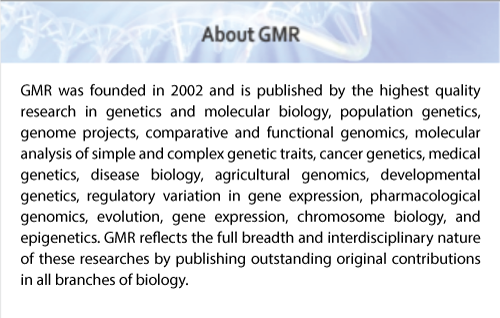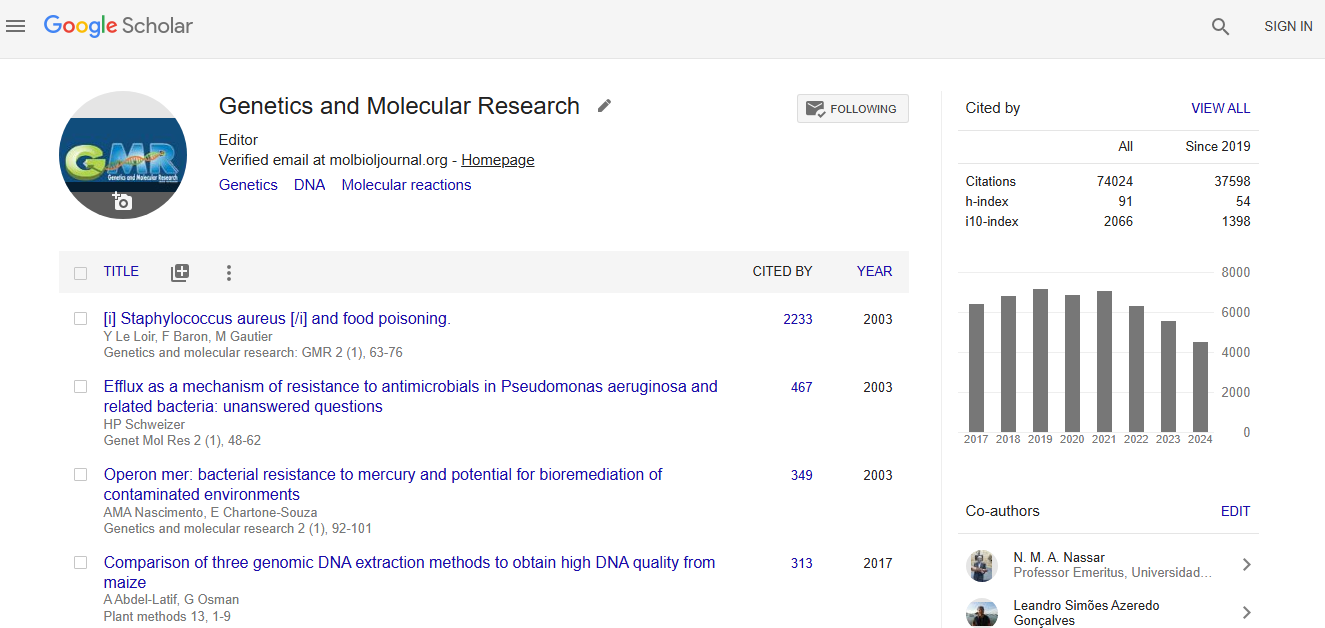Abstract
Porous tantalum rods for treating osteonecrosis of the femoral head
Author(s): Z.H. Liu, W.S. Guo, Z.R. Li, L.M. Cheng, Q.D. Zhang, D.B. Yue, Z.C. Shi, B.L. Wang, W. Sun and N.F. ZhangThis study evaluated the outcomes of using porous tantalum rods for the treatment of osteonecrosis of the femoral head (ONFH). We performed core decompression and inserted porous tantalum implants in 149 patients (168 consecutive hips) with ONFH. Hips had large (65), medium (64), or small (39) lesions; 63 lesions were lateral, 68 were central, and 35 were medial. Conversion to total hip arthroplasty (THA) was the end point of this survey. A total of 130 cases (138 hips) were followed. The mean follow-up time was 38.46 ± 5.76 months; 43 hips (31%) were converted to or needed THA. Of the 43 hips requiring THA, 33 had large lesions, including 1 medial, 3 central, and 29 lateral lesions; 9 had medium, lateral lesions, and 1 hip had a small, lateral lesion. Bone grafting was used in 59 hips, with 3 hips failing; 40 of 79 hips without bone grafts failed. The sum distances between the tops of the rods and the lateral lesion boundaries (SDTL, mm) were measured in anteroposterior and lateral radiographs
Impact Factor an Index

Google scholar citation report
Citations : 74024
Genetics and Molecular Research received 74024 citations as per google scholar report
